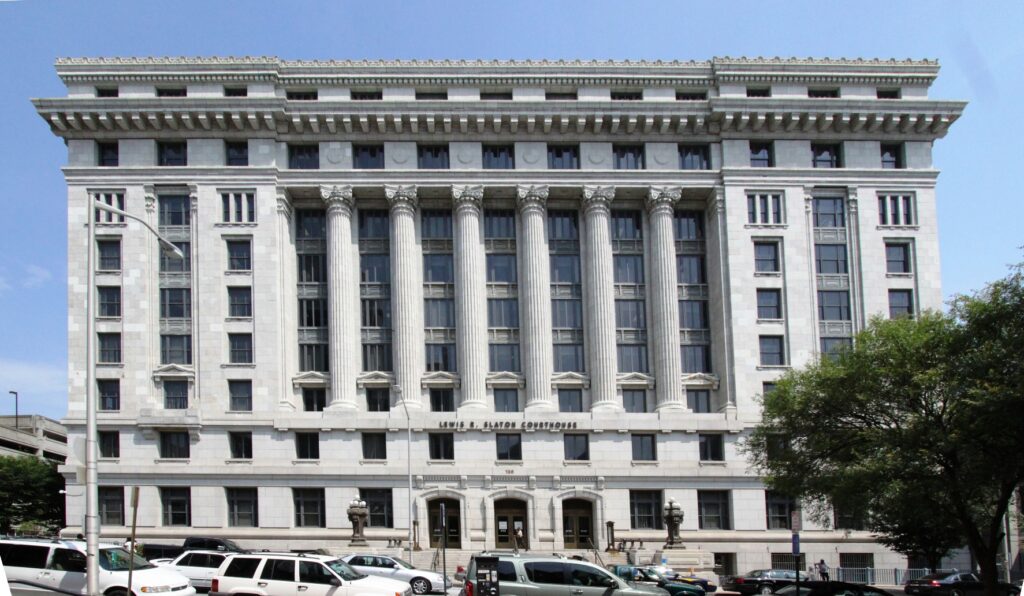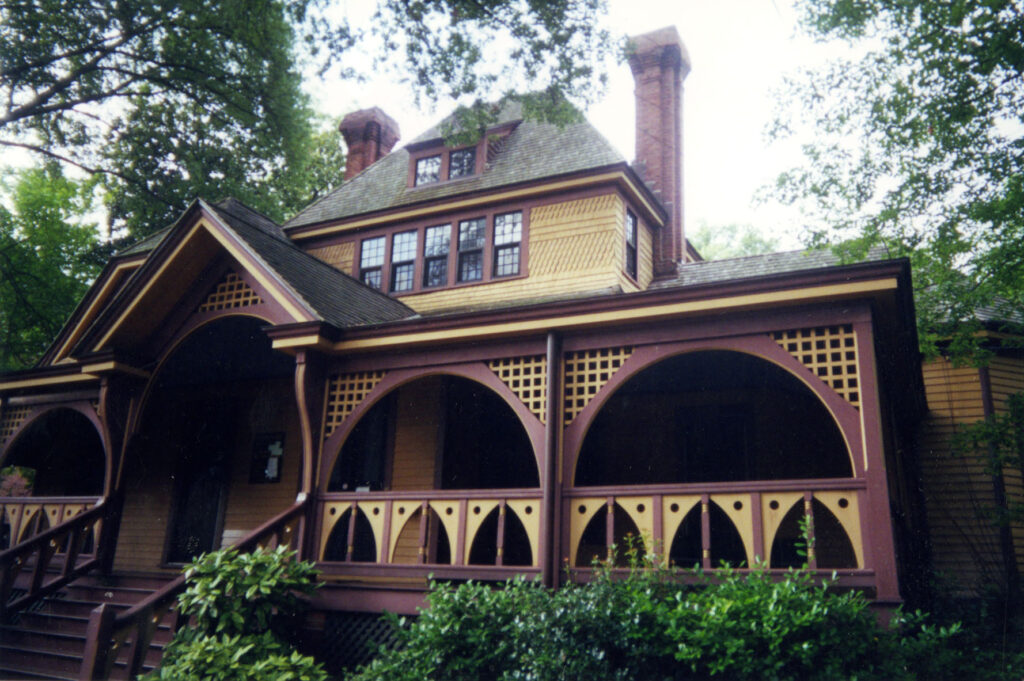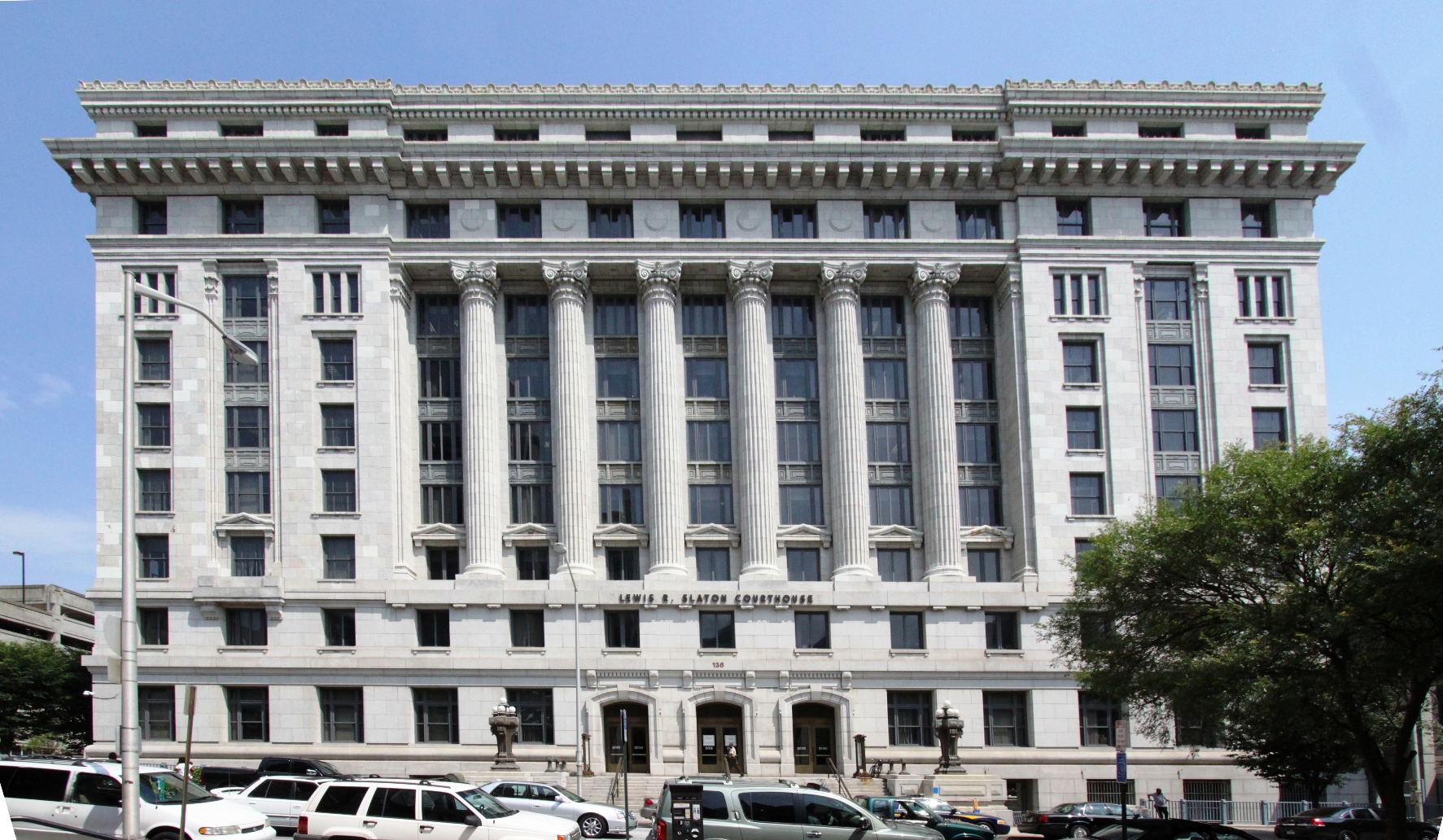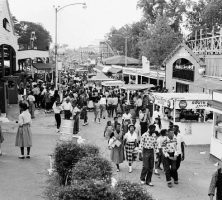Fulton County, the heart of the Atlanta metropolitan area, is located in the Georgia Piedmont near the foothills of the Blue Ridge Mountains.
The Chattahoochee River forms its diagonal border, from the northeast to the southwest. The history of Fulton County is to a great extent the history of Georgia and its county seat, Atlanta (most of which lies in Fulton County, with the balance in DeKalb County).
The earliest inhabitants were the Cherokee Indians, who lived in the area that later became north Fulton County, and the Creek Indians, who ceded their land to Georgia in 1821. By 1822 white settlers from counties to the east of Fulton and from neighboring states began moving into the area. Most were of English, Scottish, and Irish heritage, with a few Moravians and Jews. Fulton County was created from the western half of DeKalb County on December 20, 1853, by an act of the state legislature.

Fulton County is commonly thought to have been named after Robert Fulton, who demonstrated the importance of steam power for water transportation by sailing the steamboat Clermont from New York City to Albany, New York, in 1807. Recent research indicates, however, that the county was named for Hamilton Fulton, a railroad official who acted as surveyor for the Western and Atlantic Railroad and also as chief engineer of the state. After surveying the area, Fulton convinced state officials that a railroad, rather than a canal, should be constructed to connect Milledgeville, then the state capital, to Chattanooga, Tennessee. This event was a precursor of Fulton County’s prominence as a major transportation center.
During the Civil War (1861-65), Atlanta was a major arsenal, and Atlanta’s railroads were used to move supplies and munitions to the Confederate armies. During the Atlanta campaign, Union general William T. Sherman sacked the city in 1864 because of its strategic importance. Atlanta recovered quickly and became the permanent state capital in 1868.
On January 1, 1932, Fulton County nearly tripled in size, to 528 square miles, when Campbell and Milton counties were added to Fulton. The consolidation was, in part, to help reduce the expense of running three county governments.
The twentieth century has seen Atlanta, and by extension Fulton County, become the leading distribution center for goods and services in the southeastern United States. It is also a major financial and telecommunications hub. Several prominent corporations, such as BellSouth (later AT&T), Coca-Cola, Georgia-Pacific, United Parcel Service, the Home Depot, and Delta Air Lines, are based in the county. In 1980 Atlanta businessman Ted Turner, owner of Turner Broadcasting System, decided to establish CNN, the first around-the-clock news service in the world, in his home city. Atlanta gained further international attention when it hosted the 1996 Olympic Games, and many of the events were held in the surrounding counties.

According to the 2020 U.S. census, Fulton has the largest population of any county in Georgia, with 1,066,710 inhabitants (an increase from the 2010 population of 920,581), approximately 10 percent of the state’s population. North Fulton County, or the “golden corridor,” was once an agricultural area. It is known today for its economic vitality and upscale living in the incorporated cities of Alpharetta, Mountain Park, Roswell, and Sandy Springs. In July 2006 two new cities, Johns Creek and Milton, were incorporated in north Fulton County. Incorporated cities in south Fulton County include College Park, East Point, Fairburn, Hapeville, Palmetto, and Union City. In 2007 south Fulton residents voted to create a new city, Chattahoochee Hill Country. The following year the name was changed to Chattahoochee Hills.
Notable individuals from Fulton County include the civil rights leader and Nobel Prize winner Martin Luther King Jr.; the writers Margaret Mitchell and Anne Rivers Siddons; golfer Bobby Jones; and Helen Douglas Mankin, the first U.S. congresswoman from Georgia.

Fulton County is home to several institutions of higher education, including Georgia Institute of Technology, Georgia State University, and Atlanta University Center.
Places of interest include the state capitol, the Governor’s Mansion, the High Museum of Art, the Atlanta History Center, the Jimmy Carter Library and Museum, the Fox Theatre, the World of Coca-Cola Museum, Zoo Atlanta, Wren’s Nest (home of “Uncle Remus“), the Auburn Avenue Research Library, and Bulloch Hall, home of Mittie Bulloch, mother of U.S. president Theodore Roosevelt.












